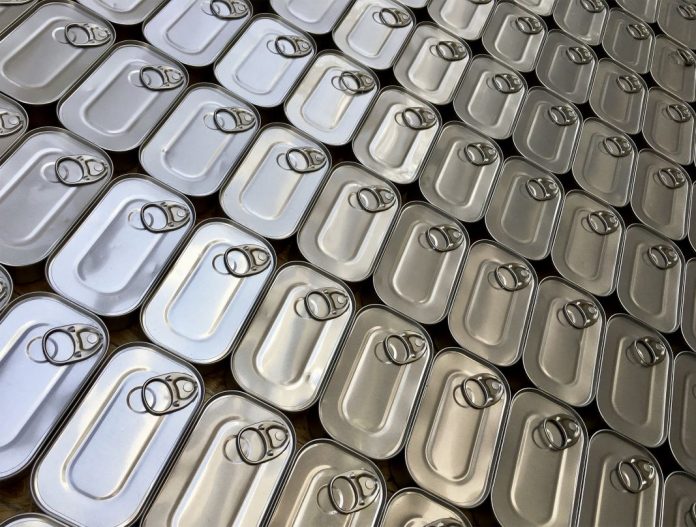Meal, Ready-to-Eat rations (or MREs) have been described as “three lies for the price of one,” and it’s been said that MRE really stands for “Meal Rejected by Everyone.” Part of this, in the past, may have been true—some of the earlier forms of MREs were awful by all accounts. The truth is, these days, they aren’t too bad.
The thing about MREs that many people don’t understand or aren’t aware of is that they’re intended to be emergency rations—food for when no other food is available. They’re not intended to be eaten as a meal replacement unless it’s unavoidable, and MREs were never intended to be someone’s sole source of nutrition for any length of time. They’re a tactical ration.
According to US Army sources, MREs are meant to be used for no longer than twenty-one days, and even then would ideally be supplemented with fresh rations whenever possible. The military likes to keep their people well fed, and if everything is running smoothly, pantries, kitchens, and cooks would all be fully supplied. If a soldier is in a situation that requires reliance on MREs for that long, there are larger problems higher up the food chain.
Feeding troops MREs for three straight weeks doesn’t make good operational sense, either: they’re a high-calorie, high-energy food source, and regular consumption of MREs is sort of like only ever eating protein bars for breakfast, lunch, and dinner. It’s just not something you would do, if you had other options, just because it’s not the healthiest (or most palatable) option. They’re also designed to last as long as possible, meaning they’ve been prepared in ways that are known to challenge taste and texture, and contain a high amount of preservatives.
MREs are, it turns out, not that good for you. They are made up of highly processed food intended to last for incredibly long times under austere storage situations in a variety of challenging conditions. Any food item that can spend years sitting on a warehouse shelf is already full of preservatives, but when you factor in everything that went in to the composition of the typical MRE, you end up looking at a long list of added chemicals and processes intended to stabilize, retard spoilage, or otherwise add to the shelf life of the MRE. They aren’t—and were never really intended to be—the same thing as a replacement meal.
It’s important to factor that in to long-term food storage strategies that rely heavily on MREs as a staple food source. If you intend on using MREs extensively, you’ll be consuming a tremendous amount of additives, and some people who claim a sensitivity to some of the chemicals used as preservatives say that eating MREs can bring on extended headaches.
Your Fellow Patriot
Steven Bryant







